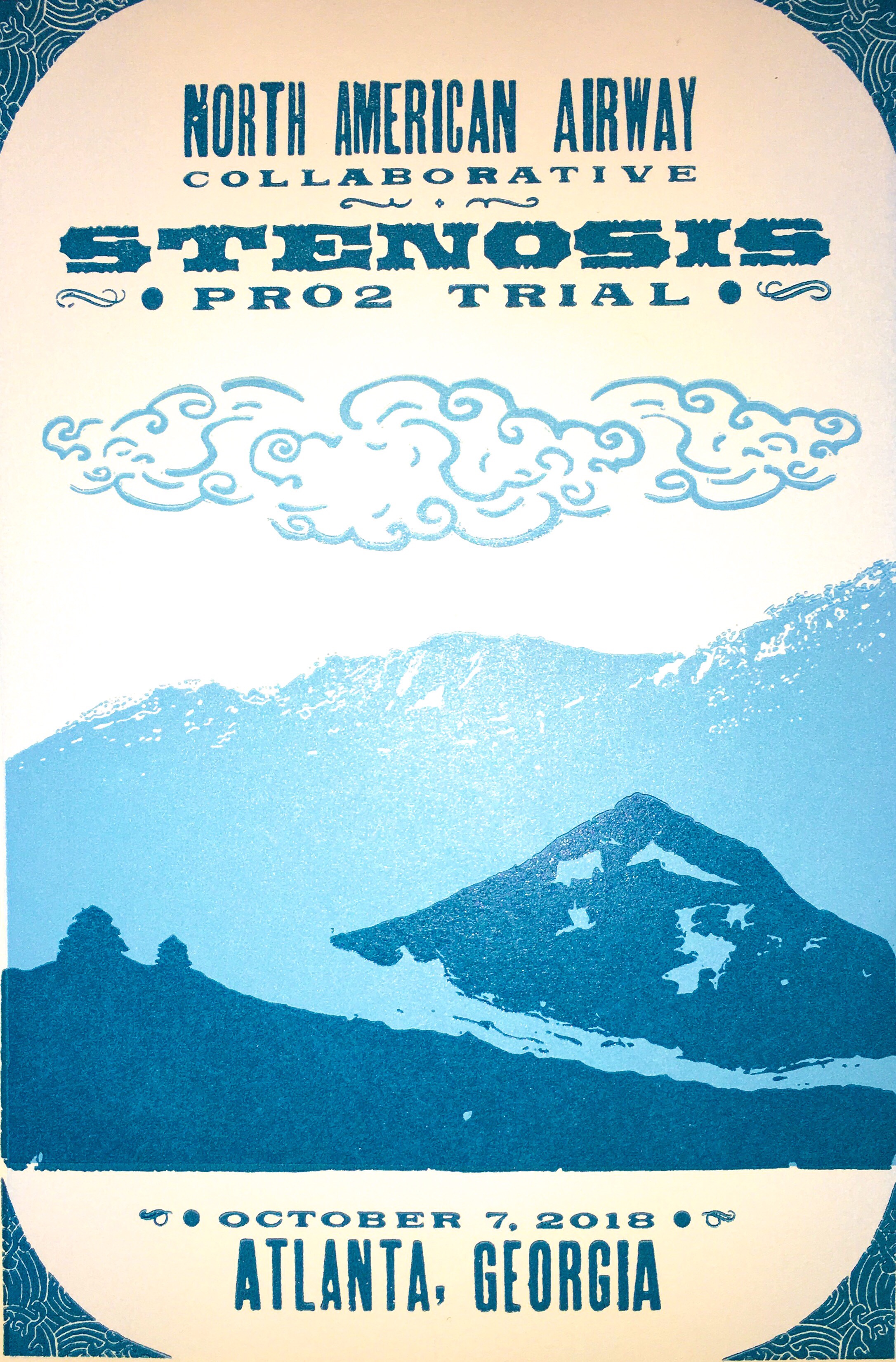Author: Mrs A
Location: Atlanta, Georgia, USA
It was finally time for the grand finale of our USA trip, with two events organised by Vanderbilt University as part of the idiopathic subglottic stenosis research study I am a part of. Our morning commenced with brunch at Ventana’s, a restaurant overlooking Atlanta’s Centennial Olympic Park with great views of the city.
It was a rare opportunity to meet many of the members of the Facebook support group I founded 9 years ago, all with so many interesting stories and backgrounds. One lady even brought me gifts and the offer of a place to stay 20 minutes from Niagara Falls, should we come back this way! I think Mark and I may well take up that offer one day.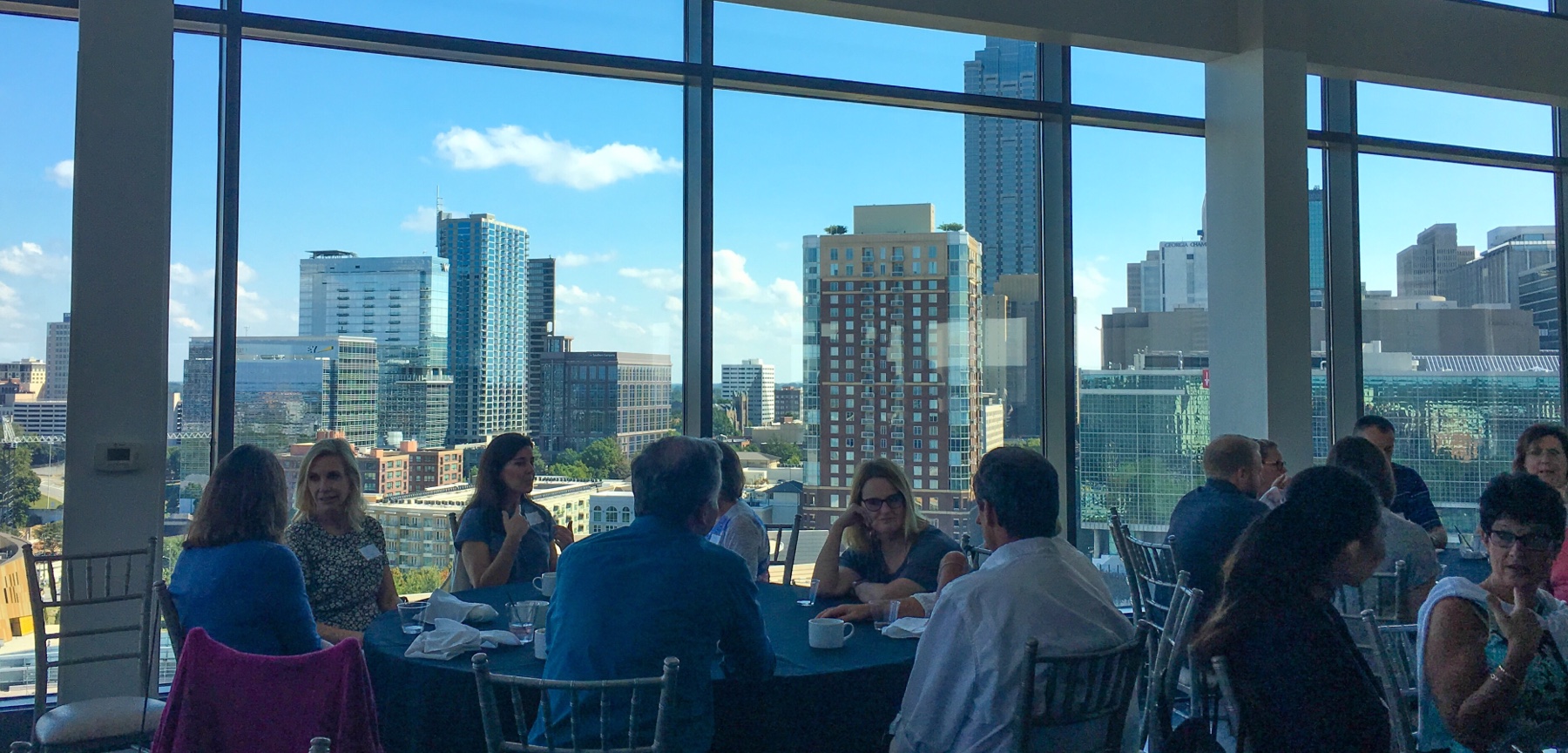
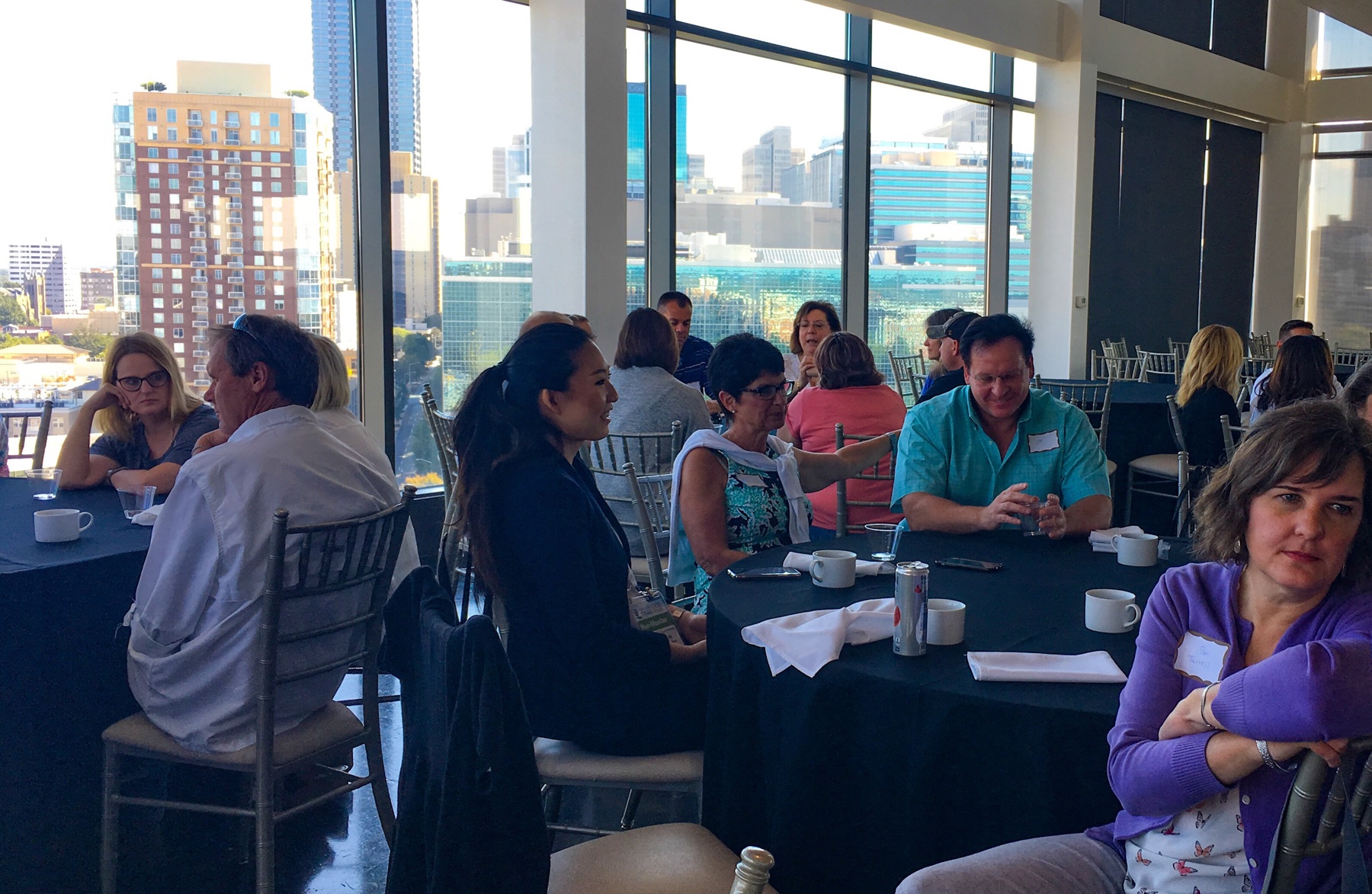 After many cups of tea and a proper southern breakfast (Mr A at least tried grits with cheese and maple syrup – an odd combination I thought!), we all went our separate ways.
After many cups of tea and a proper southern breakfast (Mr A at least tried grits with cheese and maple syrup – an odd combination I thought!), we all went our separate ways.
I returned to the hotel and met with Dr Alexander Gelbard, program coordinator, key researcher and ENT surgeon extraordinaire to discuss and plan my presentation for the evening’s session, as well as talk through what was coming out from their findings.
Time went quickly and no sooner had I freshened up and changed it was time to head to the next venue for the evening’s presentation. This session was attended by a number of ENT surgeons from all over the USA as well as additional patients.
I caught up with Alex and his colleague Dr David Francis before we got started.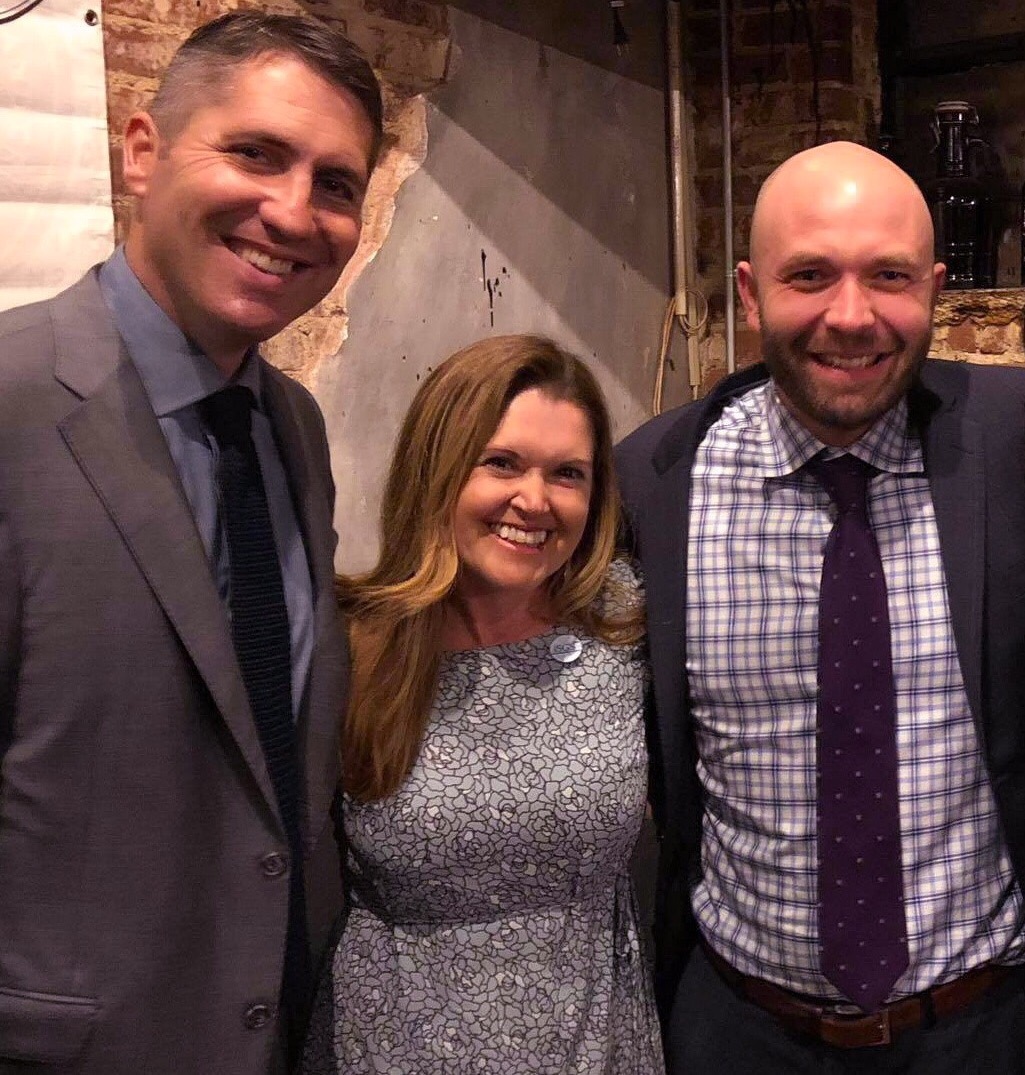 I presented a few slides first, talking about the group and some thoughts I have for future opportunities with treatment and information, then Dr Gelbard and Dr Francis presented their findings from three years of longitudinal research with patients.
I presented a few slides first, talking about the group and some thoughts I have for future opportunities with treatment and information, then Dr Gelbard and Dr Francis presented their findings from three years of longitudinal research with patients.
Their findings showed there are clear differences in success rate between different surgery options, with one medical centre in particular having innovated their technique to help patients last longer between surgeries. Sadly at this stage there is no cure for this disease, but this is still a fantastic step towards that.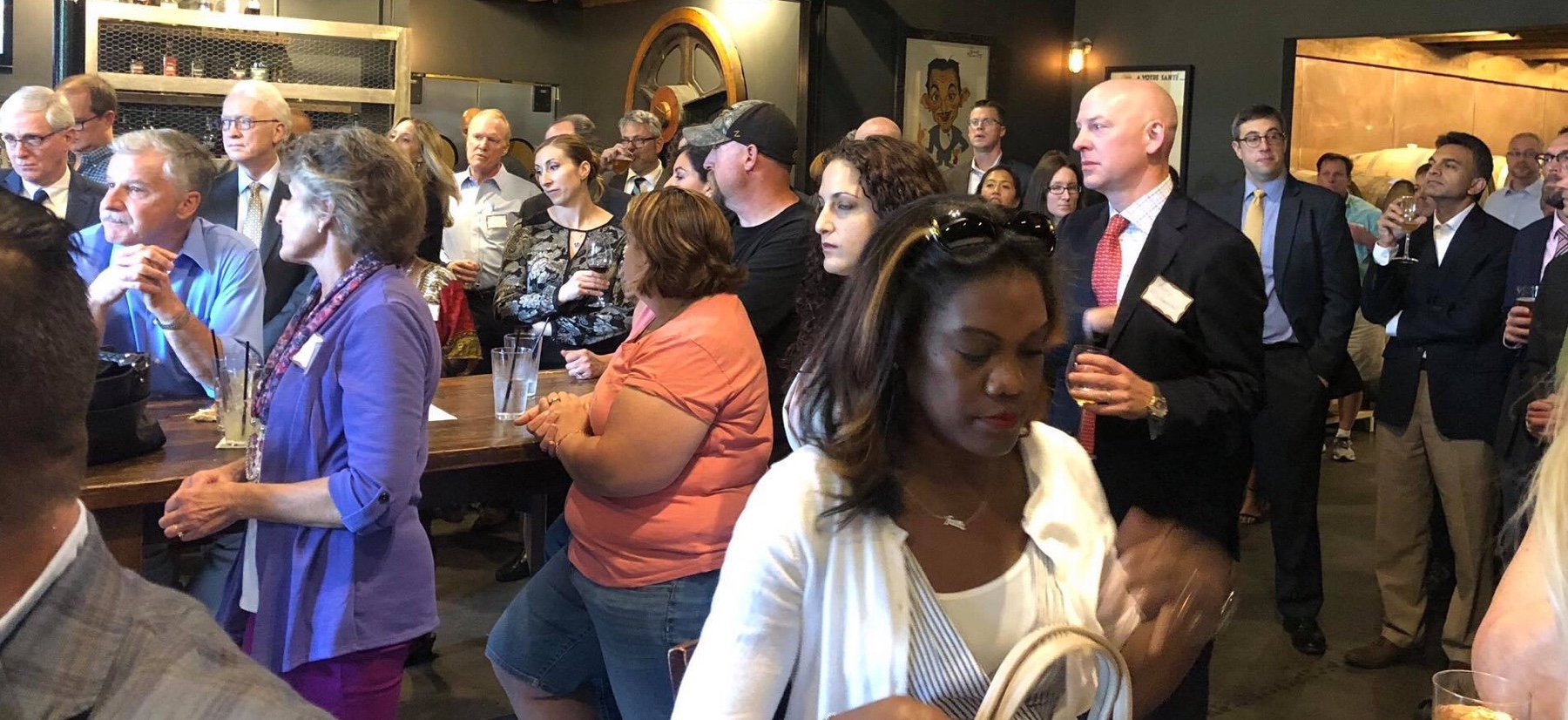
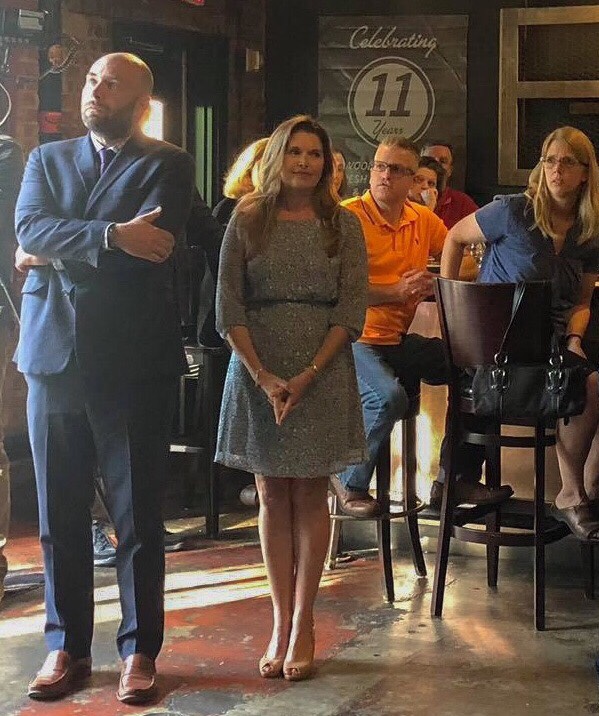 There is much more opportunity for more research and studies ahead. We’ve funded a further two years of data collection from the iSGS 1000, but more funding is required to enable clinical trials in the future. We’re hoping to somehow set up a charitable foundation to help fund this, and I have no doubt Alex and David will be keeping an eye out for any more grants they can apply for.
There is much more opportunity for more research and studies ahead. We’ve funded a further two years of data collection from the iSGS 1000, but more funding is required to enable clinical trials in the future. We’re hoping to somehow set up a charitable foundation to help fund this, and I have no doubt Alex and David will be keeping an eye out for any more grants they can apply for.
I hope this is not my last opportunity to come back to the USA and work with these fabulous doctors. I’ll just have to find a sponsor for the next time! Again, it was great to chat to several ladies after the presentations.
Once all this was over, the adrenaline died down and I was exhausted. It was back to our luxurious hotel and to collapse with Mark and some Netflix for the remainder of the evening.
Tomorrow we commence our huge trek back across the world to Australia.